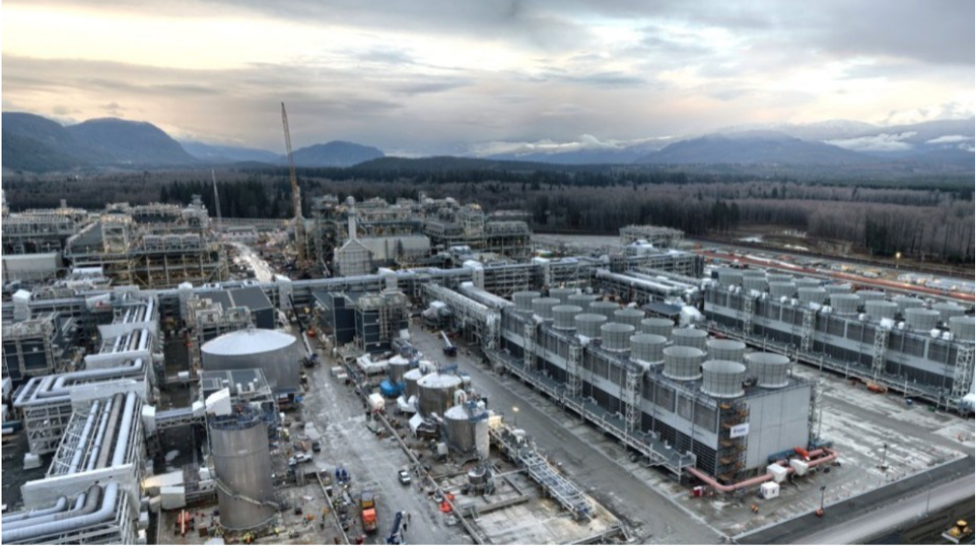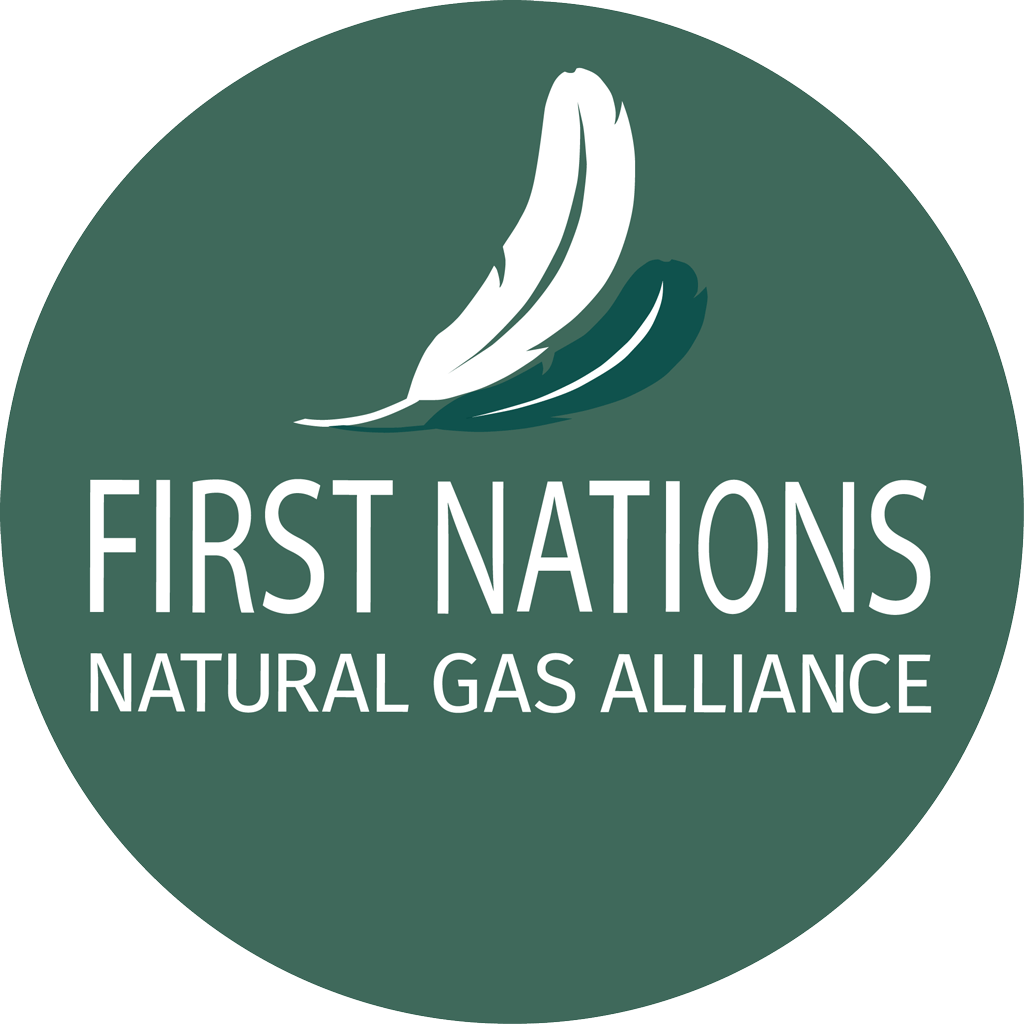LNG Canada’s $40-billion plant is but weeks away from shipping its first export cargo.
The destination has not been named, but the plant near Kitimat is in final testing stages, having imported a cargo of Australian LNG to run through the facility and cool it in preparation for the launch.
LNG Canada can produce up to 14 million tonnes of LNG a year. And it is actively looking into Phase 2 expansion, which would double capacity to 28 million tonnes a year.
The federal government announced during the April 28 election campaign that it supports this doubling of output by LNG Canada — and sees it as “likely” as the country pushes to diversify exports away from the US.
The major partners in LNG Canada are Shell (40%), Petronas (25%), PetroChina (15%), Japan’s Mitsubishi Corporation (15%) and the Korea Gas Corporation (5%).
LNG Canada has been working on its project since 2018 — with the support of the 2,100-member Haisla Nation on whose territory the plant and its shipping dock are located.
The Haisla have drawn employment and benefits from the project. So have 20 First Nations along the 670-kilometre Coastal GasLink pipeline that feeds LNG Canada; they also have an option for a 10% equity stake in the pipeline that will provide with long-term revenues for their communities.
CEDAR LNG
Meanwhile, the Haisla have begun preliminary construction of their own floating LNG plant, Cedar LNG, in their traditional territory and waters.
Cedar LNG has just selected the Ledcor Group to build the 8-km Cedar Link pipeline that will link to the Coastal GasLink and then will feed gas to Cedar’s facility.
This branch pipeline will begin at the LNG Canada site along with a metering station. To provide the extra gas, Coastal GasLink is building a new compression station at Mount Bracey in BC.
Cedar LNG aims to produce three million tonnes a year, starting in 2028.
Pembina Pipeline Corporation is a 49.9-percent partner in Cedar LNG. The project has signed a 20-year deal with ARC Resources for supply of 50% of the natural gas needed to turn into LNG, and Pembina will arrange for the other 50%.
WOODFIBRE LNG
Farther ahead is Woodfibre LNG, under construction (which started in September 2023) on Howe Sound, 70 km north of Vancouver. Also in early construction is the associated Eagle Mountain-Woodfibre natural-gas pipeline.
For Woodfibre’s plant, 19 prefabricated modules (some weigh more than 10,000 tonnes) are under construction at a yard in China.
The first modules are to arrive this summer. Deliveries will continue throughout this year and into early 2026.
Woodfibre aims to produce some 2.1 million tonnes of LNG a year for export, starting in 2027.
KSI LISIMS LNG
The Haisla are not the only Nation aiming to export LNG. The Nisga’a Nation is in BC government assessment processes for its own Ksi Lisims LNG project on the northwest BC coast.
Ksi Lisims plans to produce 12 million tonnes of LNG per year, beginning in 2028 or 2029, with Western LNG of Texas and Rockies LNG as partners. Rockies LNG is a group of companies that produce half of Canada’s natural gas.
Ksi Lisims’s floating plant will be fed by a rerouted PRGT pipeline project, originally planned to serve a now-shelved LNG project at Prince Rupert.
Ksi Lisims is awaiting a decision from the BC Environmental Assessment Office on whether the pipeline project had made a “substantial start” under its previous owner, TC Energy. Ksi Lisims expects that decision in May. It is also expecting in May a decision on changes to marine routing.
All in all, Ksi Lisims says it is on a steady path towards an FID (final investment decision) later this year. It is working with participating Indigenous nations to sign or update project agreements, and is working on final major permits and commercial agreements.
For PRGT, the Nisga’a and partners are preparing for the next phase of construction.
FORTISBC
FortisBC is working toward a new expansion of its Tilbury LNG project in Delta, and on a marine jetty and terminal on the nearby Fraser River.
The Tilbury facility has been creating LNG since 1971, storing, and then supplying, natural gas for domestic use in homes and businesses.
In 2017 the Tilbury facility also shipped the first BC LNG to be exported to China — a single ISO container of 17 tonnes. And since that year Fortis has also been sending LNG, by truck, to refuel BC ferries and Seaspan cargo ferries that use LNG.
The first round of expansion at Tilbury was a $400-million project that included a 46,000-cubic-metre storage tank — “enough to keep a community of 19,000 warm for 45 very cold days”.
For Phase 2, FortisBC plans a new storage tank that can hold up to 142,400 cubic metres of LNG. And Fortis will also increase Tilbury’s production to 2.5 million tonnes a year, up from 0.25 million tonnes.
AND FROM TC ENERGY
CEO François Poirier of TC Energy, in a speech to the Canadian Club in Toronto: “I believe we can be the number one exporter of LNG to Asia.”
His speech also included this: “Canada has a time-bound opportunity to strengthen our economic sovereignty, build our economy and re-establish our global position.
“We can do this by delivering energy security and enabling emission reductions for our allies through exporting Canadian liquefied natural gas (LNG) to replace higher emitting coal.
“To realize this vision, federal and provincial governments must adopt a new political roadmap with four drivers: the political will, the management capability, policy consistency and a Team Canada approach to rebrand Canada as a place to invest.
“Canada needs to set a bold ambition – I believe we can be the number one exporter of LNG to Asia.”
- His full text and video are here: https://ow.ly/JLb550VzZR9
Our special thanks to Resource Works for much of the content above

Posted here 16 April 2025
